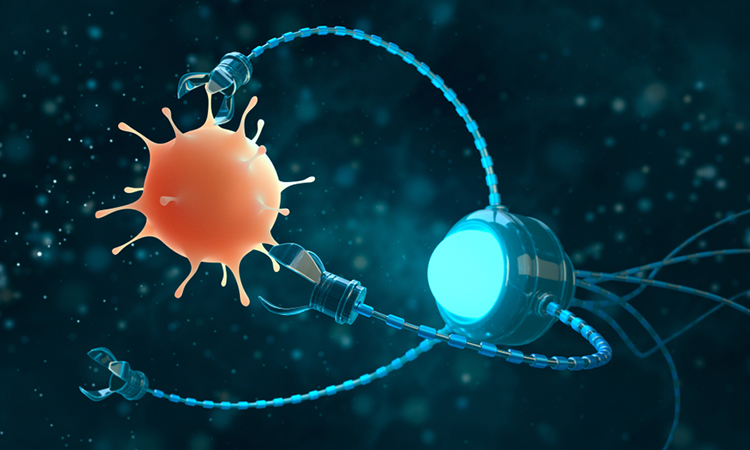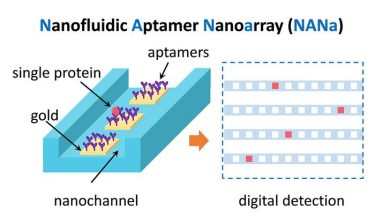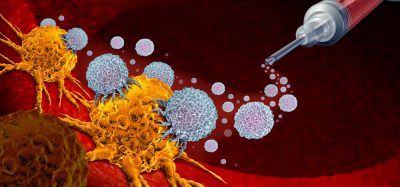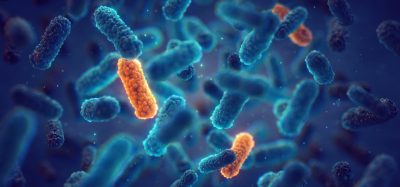Revolutionary way to measure proteins aids precision medicine advancements
Posted: 23 June 2023 | Izzy Wood (Drug Target Review) | No comments yet
Using a nanofluidic aptamer nanoarray to measure biomolecules including proteins, Japanese researchers are attempting to bridge the gap for precision medicine


In the evolving world of precision medicine, the need for methods that can measure biomolecules with supreme accuracy and specificity is paramount. Recognising this, Associate Professor Yan Xu of the Graduate School of Engineering at Osaka Metropolitan University, Japan, and his international research team have made a great stride in this direction.
They have developed an innovative nanofluidic device capable of capturing single proteins stochastically and detecting them digitally at their naturally high concentrations. This breakthrough, published in Small, could potentially lay the foundation for the future of personalised disease prevention and treatment.
Precision medicine aims to tailor prevention and treatment strategies based on individual genetic data, environmental factors, lifestyle, and other determinants. Integral to this is the accurate measurement of biomolecules, such as genes and proteins, within single cells. However, until now, there have been no tools capable of simultaneously handling the minuscule volume of a single cell’s content- typically on the order of picolitres (10−12 L), and quantifying biomolecules in high-concentration cellular environments.
The device, named the Nanofluidic Aptamer Nanoarray (NANa), is a nanochannel-based chip designed for the digital assay of individual molecules in a sample with an ultra-small volume equivalent to that of a single cell. Using synthetic antibodies known as aptamers, NANa can stochastically capture and digitally detect single molecules of target proteins even within high-concentration samples. These aptamers, which bind to specific molecules, are densely arrayed within the nanochannels of the device.


Schematic illustration of the NANa principle for stochastically capturing and digitally detecting single proteins. (Credit: Yan Xu, Osaka Metropolitan University)
Looking forward, the researchers plan to conduct practical demonstrations with actual cell samples, digitize the measurement data obtained, and explore the potential of integrating AI-based image recognition technology and biological big data. “Humans are complex organisms consisting of a vast number of cells,” explained Xu.
“We hope NANa, which digitises information on the number of biomolecules in individual cells, will serve as a bridge between life science and information science, paving the way for precision medicine in the future.”
Related topics
Bioinformatics, Nanomedicine, Nanoparticles, Nanotechnology, Personalised Medicine, Synthetic Biology
Related organisations
Osaka Metropolitan University
Related people
Associate Professor Yan Xu







